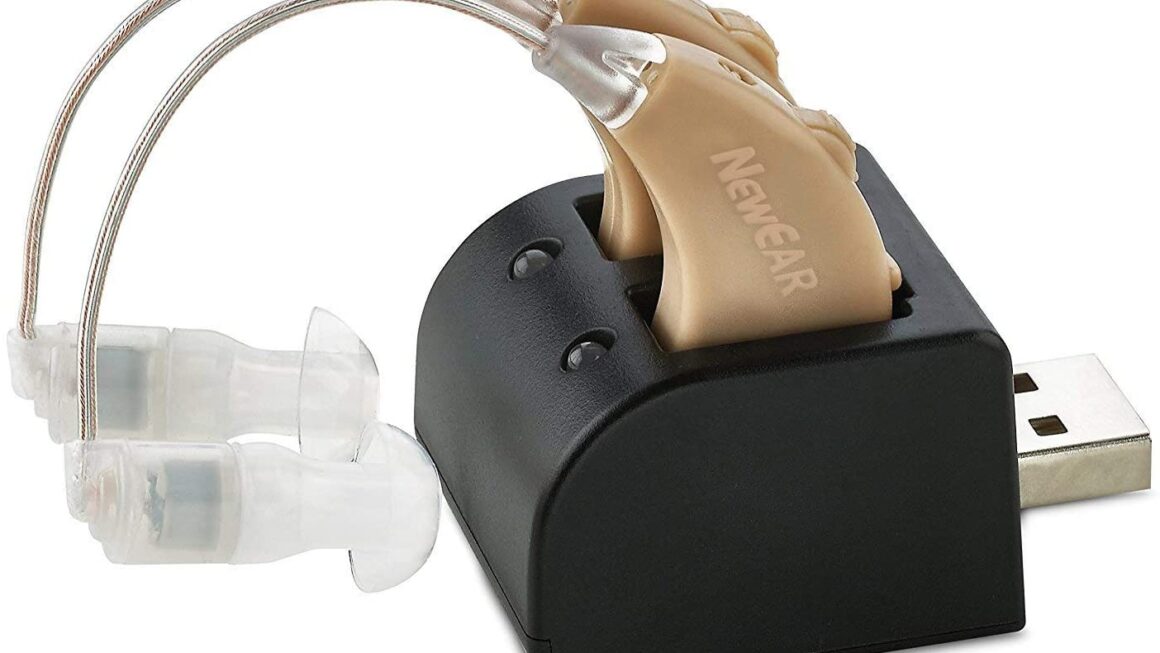Silent Migraine Symptoms, also known as acephalgic migraines or migraine auras without headache, are a perplexing condition that affects many individuals. Unlike traditional migraines that cause severe headache pain, silent migraines present with neurological symptoms without the presence of a headache. In this article, we will delve into the world of silent migraines, exploring their symptoms, triggers, diagnosis, and management strategies.
Introduction: What are silent migraines?
Silent migraines, as the name suggests, are migraines without typical headache pain. Instead, they manifest as auras or visual disturbances, sensory disruptions, and other neurological symptoms. These migraines can be just as debilitating as migraines with headaches, causing significant discomfort and interrupting daily life.
The Prevalence of Silent Migraine Symptoms
Silent migraines are more common than one might think. While exact statistics are difficult to obtain due to the elusive nature of these migraines, studies suggest that silent migraines may account for up to 25% of all migraines. This makes it important to raise awareness about the condition and provide information to those who may be experiencing these symptoms without realizing they are related to migraines.
Understanding the Aura Phase
The aura phase is a distinctive characteristic of silent migraines. It usually occurs before the headache phase and can last from a few minutes to an hour. During this phase, individuals may experience various sensory and visual disturbances, including:
- Visual disturbances: These can range from seeing flashing lights, zigzag lines, or blind spots to experiencing tunnel vision or temporary blindness in severe cases.
- Sensory disturbances: Some individuals may experience tingling or numbness in the face, hands, or other parts of the body. They may also have difficulty speaking or understanding speech.
The Headache Phase: Silent but Not Invisible
Although silent migraines lack the typical headache pain, they are not entirely devoid of discomfort. The headache phase may be present but milder in intensity compared to traditional migraines. Some common symptoms experienced during this phase include:
- Throbbing or pulsating pain: Individuals may feel a mild to moderate pulsating sensation in the head or a localized throbbing pain.
- Nausea and vomiting: Just like regular migraines, silent migraines can also cause gastrointestinal symptoms, including nausea and vomiting.
- Sensitivity to light and sound: Bright lights and loud noises can exacerbate the symptoms during the headache phase.
The Postdrome Phase: Lingering Effects
After the headache phase subsides, individuals may enter the postdrome phase. This phase is often characterized by a sense of fatigue and exhaustion, making it challenging to resume normal activities. Other lingering effects may include:
- Fatigue and exhaustion: Individuals may feel drained and tired, requiring rest and recuperation.
- Difficulty concentrating: Mental fog and difficulty concentrating are common during the postdrome phase, affecting productivity and cognitive function.
Silent Migraine Triggers: Unmasking the Culprits
Silent migraines, like traditional migraines, can be triggered by various factors. Identifying and avoiding these triggers can help manage the frequency and intensity of silent migraines. Some common triggers include:
- Stress and anxiety: Emotional stress and anxiety can contribute to the onset of silent migraines.
- Hormonal changes: Fluctuations in hormone levels, particularly in women, can trigger migraines.
- Certain foods and additives: Specific foods and additives, such as aged cheeses, chocolate, caffeine, and artificial sweeteners, have been known to trigger migraines in some individuals.
Silent Migraine Diagnosis: Distinguishing from Other Conditions
Diagnosing silent migraines can be challenging as the absence of a headache often leads to confusion with other medical conditions. Medical professionals may need to conduct a thorough evaluation, including medical history, physical examination, and ruling out other potential causes. Keeping a migraine diary and tracking symptoms can also aid in the diagnosis process.
Treatment and Management Strategies for Silent Migraines
Treatment for silent migraines focuses on managing symptoms and preventing future episodes. Various approaches can be employed, including:
- Lifestyle modifications: Implementing stress reduction techniques, maintaining a regular sleep schedule, and avoiding trigger foods can help manage silent migraines.
- Medications: Both acute and preventive medications may be prescribed, depending on the frequency and severity of the migraines.
- Alternative therapies: Complementary therapies like acupuncture, biofeedback, and relaxation techniques can provide additional relief for some individuals.
Silent Migraine Prevention: Taking Control of Your Health
Preventing silent migraines involves identifying and avoiding triggers, adopting healthy lifestyle practices, and managing stress effectively. Regular exercise, proper nutrition, and adequate sleep are essential components of a holistic approach to preventing silent migraines. Consulting with a healthcare professional can provide personalized guidance and treatment options.
Silent Migraine Complications: Potential Risks and Concerns
Silent migraines, although often devoid of a severe headache, can still have potential complications and risks associated with them. While the absence of pain may seem like a relief, it is crucial to be aware of possible complications that can arise. Some complications and concerns related to silent migraines include:
- Misdiagnosis: Silent migraines can be easily misdiagnosed or mistaken for other conditions due to the lack of a typical headache. This can lead to delayed treatment or inappropriate management strategies.
- Impact on daily life: Despite the absence of severe pain, the neurological symptoms of silent migraines can still disrupt daily activities, work, and personal relationships. Visual disturbances, sensory disruptions, and cognitive impairments can significantly impact the quality of life.
It is essential to consult with a healthcare professional for proper evaluation and guidance to minimize potential complications and manage silent migraines effectively.
Conclusion
Silent migraines present a unique challenge for those who experience them. By understanding the symptoms, triggers, and management strategies, individuals can take control of their health and minimize the impact of these migraines on their daily lives. If you suspect you may be experiencing silent migraines, it is advisable to consult with a healthcare professional for an accurate diagnosis and appropriate treatment.
FAQs
Can silent migraines occur without any symptoms?
No, silent migraines are characterized by various neurological symptoms, although they lack the typical headache pain.
Are silent migraines hereditary?
There is evidence to suggest that migraines, including silent migraines, can have a genetic component. However, not everyone with a family history of migraines will experience them.
Can stress trigger silent migraines?
Yes, stress and anxiety are common triggers for silent migraines. Implementing stress reduction techniques can help manage and prevent episodes.
Are there any specific dietary changes that can help prevent silent migraines?
Avoiding trigger foods such as aged cheeses, chocolate, caffeine, and artificial sweeteners may help prevent silent migraines in some individuals. It is essential to identify personal triggers through a process of trial and observation.
Is there a cure for silent migraines?
There is no known cure for migraines, including silent migraines. However, with proper management, including lifestyle modifications and appropriate medication, the frequency and severity of episodes can be reduced.












